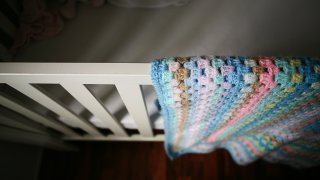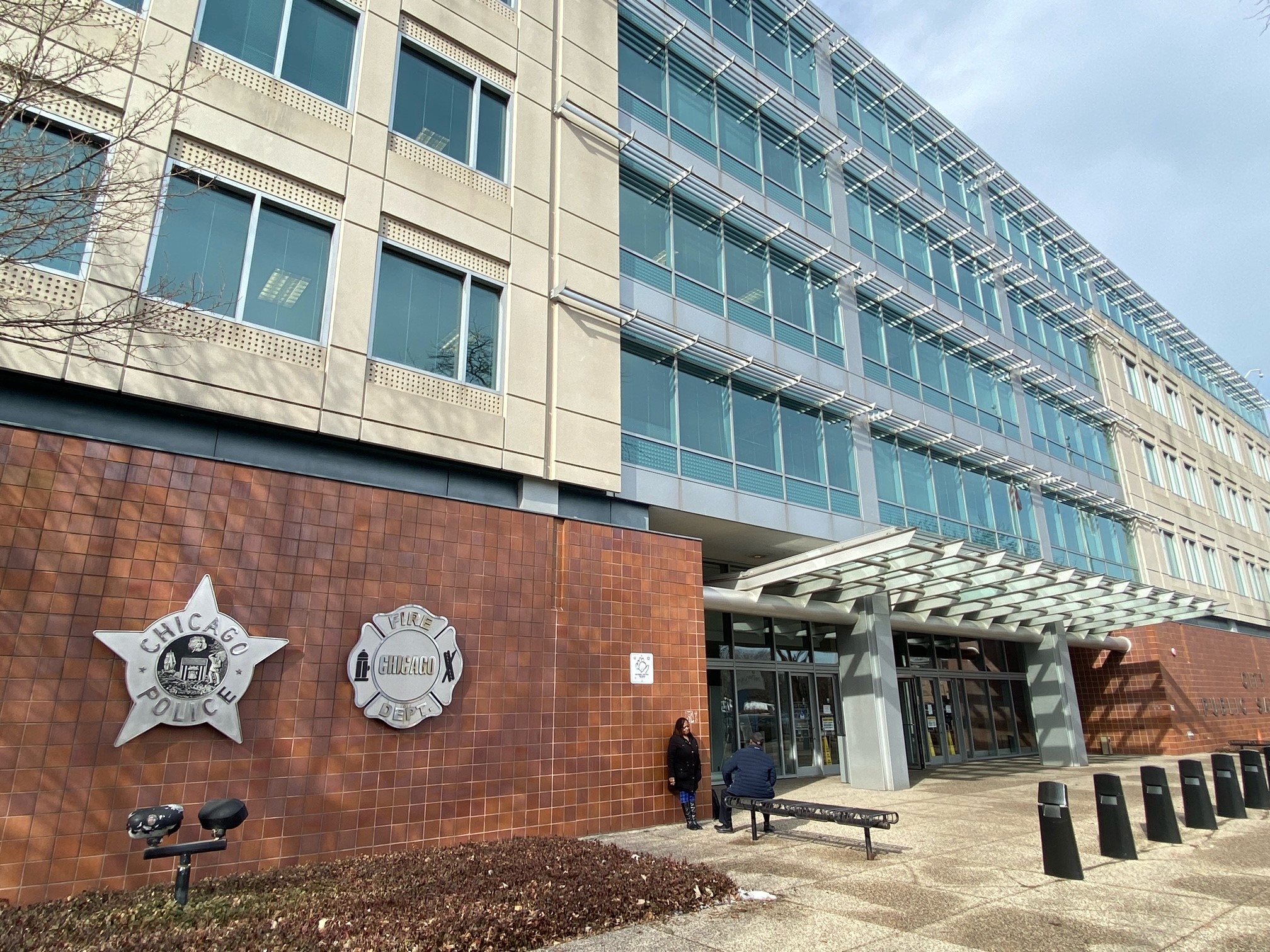
A new study could offer some answers behind the mysteries of Sudden Infant Death Syndrome, which kills on average more than 1,000 babies a year, according to data from the Centers for Disease Control and Prevention.
The study from researchers in Australia found that babies classified under SIDS deaths had lower levels of an enzyme that can play a role in regulating breathing.
SIDS is defined by the CDC as "the sudden, unexpected death of a baby younger than 1 year of age that doesn’t have a known cause even after a complete investigation." Such deaths often happen during sleep or within a baby’s sleep area.
SIDS is sometimes also known as crib death because the infants often die in their cribs, according to the Mayo Clinic, which previously reported that while the cause of SIDS remains unknown, "it appears that SIDS might be associated with defects in the portion of an infant's brain that controls breathing and arousal from sleep."
Feeling out of the loop? We'll catch you up on the Chicago news you need to know. Sign up for the weekly Chicago Catch-Up newsletter here.
In the latest findings, researchers said results showed levels of the enzyme Butyrylcholinesterase (BChE), referred to as "a major branch of the autonomic system, were lower in babies who died of SIDS than living infants.
"Conditional logistic regression showed that in groups where cases were reported as 'SIDS death' there was strong evidence that lower BChE specific activity was associated with death, whereas in groups with a “Non-SIDS death” as the case there was no evidence of a linear association between BChEsa and death," the study read.
Last year alone, there were about 1,250 deaths due to SIDS. More than 1,180 others died due to "unknown causes," the CDC reports.
Local
In 2019, there were about 1,250 deaths due to SIDS, about 1,180 deaths due to unknown causes, and about 960 deaths due to accidental suffocation and strangulation in bed.
U.S. officials say the cause of SIDS remains unknown. They recommend the following tips for preventing it:
- Place your baby on his or her back for all sleep times—naps and at night.
- Use a firm, flat sleep surface, such as a mattress in a safety-approved cribexternal icon, covered by a fitted sheet.
- Keep your baby’s sleep area (for example, a crib or bassinet) in the same room where you sleep until your baby is at least 6 months old, or ideally, until your baby is one year old.
- Keep soft bedding such as blankets, pillows, bumper pads, and soft toys out of your baby’s sleep area.
- Do not cover your baby’s head or allow your baby to get too hot. Signs your baby may be getting too hot include sweating or his or her chest feels hot.
The American Academy of Pediatrics also recommends parents:
- Do not smoke during pregnancy, and do not smoke or allow smoking around your baby. For help quitting, see How to Quit Smoking.
- Do not drink alcohol or use illegal drugs during pregnancy.
- Breastfeed your baby. Find out more about breastfeeding your baby to reduce the risk of SIDS pdf icon[480 KB]external icon.
- Visit your baby’s health care provider for regular checkups. Your baby will receive important shots to prevent disease.
- Offer your baby a pacifier at nap time and bedtime. If you are breastfeeding your baby, you may want to wait to use a pacifier until breastfeeding is well-established.



